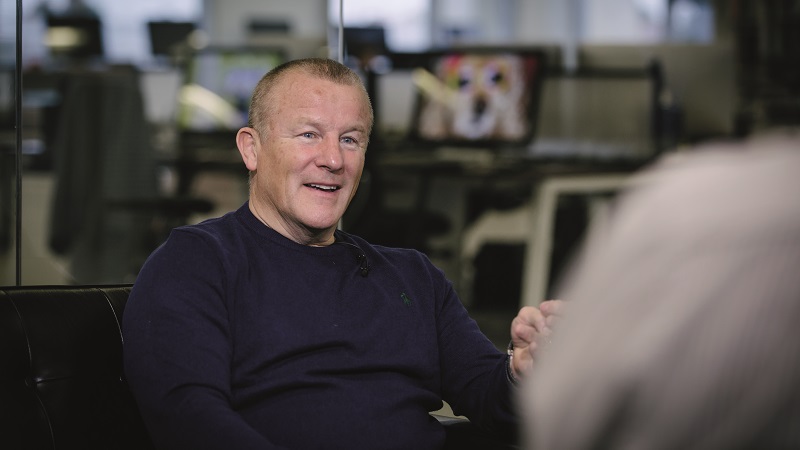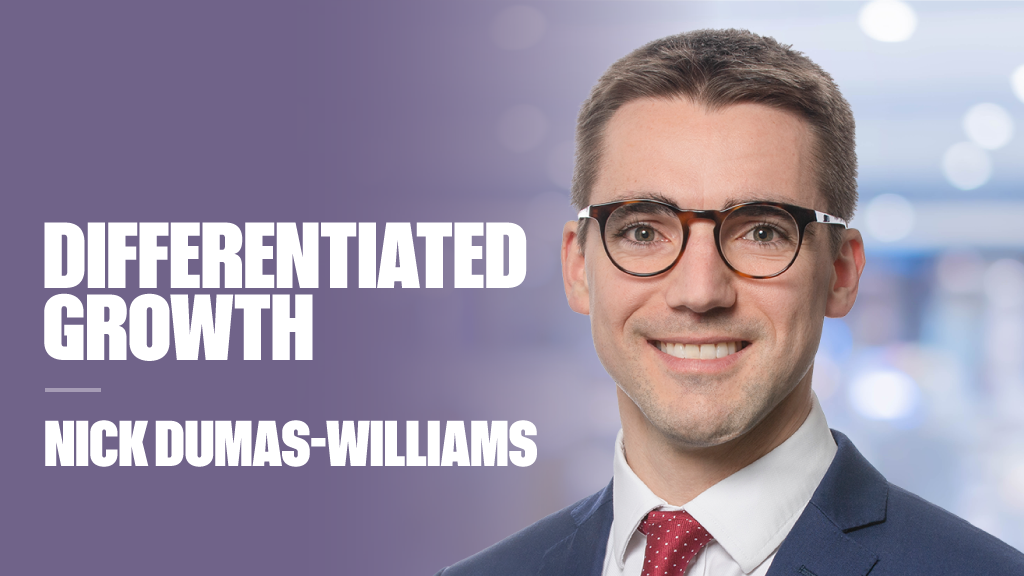By Amy Oldenburg, head of emerging markets equity, Morgan Stanley Investment Management
Since the launch of Vision 2030 in 2016, Saudi Arabia has embarked on a transformative journey aimed at diversifying its economy beyond oil dependency, and increasingly positioning itself as an attractive destination for tourists and investors alike. In October, more than 8,000 CEOS and business executives converged on Riyadh for the 8th annual Future Investment Initiative Conference, further highlighting the Kingdom’s global and outward-looking posture.
One theme that resonated throughout the conference was the government’s recent shift toward bolstering the domestic economy. Headline deals clearly indicated that capital flows will now prioritise local markets, as evidenced by a $1bn agreement announced between the Saudi government and Hong Kong Monetary authority to support companies based in the Guangdong-Hong Kong-Macao Greater Bay Area looking to expand into the Middle East. Other notable developments included Cathay Pacific re-establishing direct flights between Riyadh and Hong Kong, dormant since 2017, and Japan’s announcement of a new Saudi equity ETF trading in Tokyo.
See also: “Franklin Templeton launches two Saudi Arabia funds“
The country is aiming for $100bn in annual foreign direct investment (FDI) by the turn of the decade. Last year, FDI flow reached $25.6n with United Arab Emirates, Luxembourg, France, Netherlands and the UK leading the way. While this focus on local growth bodes well for domestic markets, global emerging markets funds remain underweight in Saudi Arabia, averaging just 1.8% while the MSCI EM Index weight to Saudi Arabia is 4%. What explains this reluctance? Our view is that investors remain focused on execution of Vision 2030 and sustainability of reforms as they consider increasing their allocations to the Saudi equity market.
The Vision 2030 transformation, one of the boldest growth initiatives of its kind, should attract more attention than it already has. The Saudi equity market has produced eye-catching returns over the last five years, especially in dedicated active domestic equity funds. However, the challenge facing global EM managers goes beyond mere performance metrics. Over the last decade, passive investment strategies dominated overall flows while clients who favoured active strategies gravitated toward concentrated portfolios with typically between 25 to 40 stocks, or more diversified global EM strategies featuring 55 to 75 positions. The large universe of EM stocks necessitates fund managers to be highly selective, as index allocations heavily favour China and India.
Liquidity is another critical factor as managers deploy billions of dollars to work across EM equity markets. While the transformation of the Saudi economy is moving in the right direction and its IPO market is among the most vibrant in the world, the predominant liquid stocks are primarily in oil and financial sectors, typical for early-stage equity markets. This presents a dilemma: how to effectively capitalize on Vision 2030 growth narrative when foreign IPO allocations are limited, leaving funds less enthusiastic about the IPO pipeline.
See also: “Mind Money: Are emerging markets poised for a comeback?“
Local investment managers have been able to add alpha as research coverage is still building up and because retail investors still comprise a large chunk of market, creating trading opportunities. While compelling investment opportunities may arise in the small and mid-cap sectors, global investors face critical questions.
How many positions can realistically be added to portfolios? Can substantial stakes be easily exited when needed? This is before valuations are even considered. Popular stocks have commanded jaw-dropping multiples – some trading at 100x earnings. Such lofty valuations can make it difficult to rationalize investment decisions when a wealth of alternatives exist across the rest of EM.
The uncertainty is further compounded by the fact many global managers have had minimal on-the-ground presence in Saudi Arabia and missed the fast pace of social reform. Significant progress has been made, firstly through “Saudisation,” an initiative which has been a key driver in developing local talent, working in parallel with other programmes to attract international talent to the Kingdom, such as the recent spate of incentives offered to companies establishing their regional headquarters in the Kingdom. In addition to this, female participation in the workforce has more than doubled to 35%.
Still, regional conflicts make it difficult for managers and their clients to commit significant capital in an area viewed as risky, despite the Kingdom being largely unaffected. Building confidence requires consistency, as well as deeper understanding of the local market dynamics and regional nuances.
Investing in Saudi Arabia represents a unique opportunity to participate in an ambitious economic transformation as the Kingdom pivots away from fossil fuels. While domestic investors enjoy the benefits that remain out of reach for many foreign players, global investors need to adopt a strategy to manage capital costs and asset allocation.











